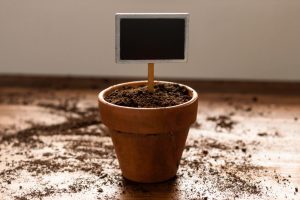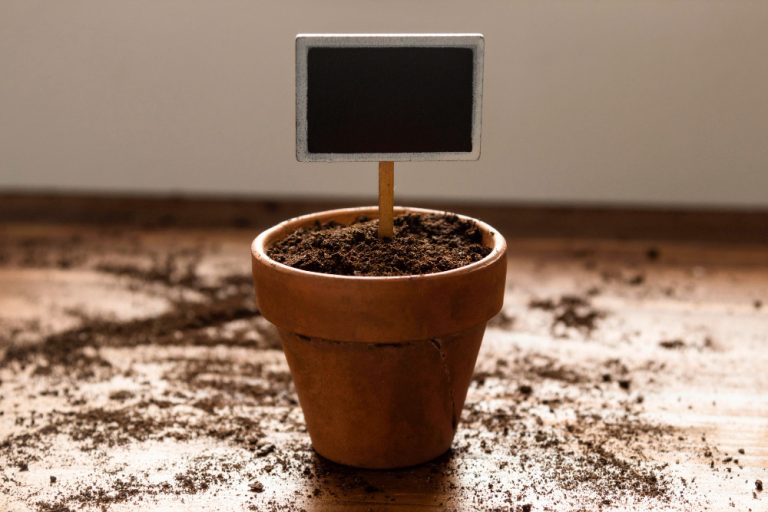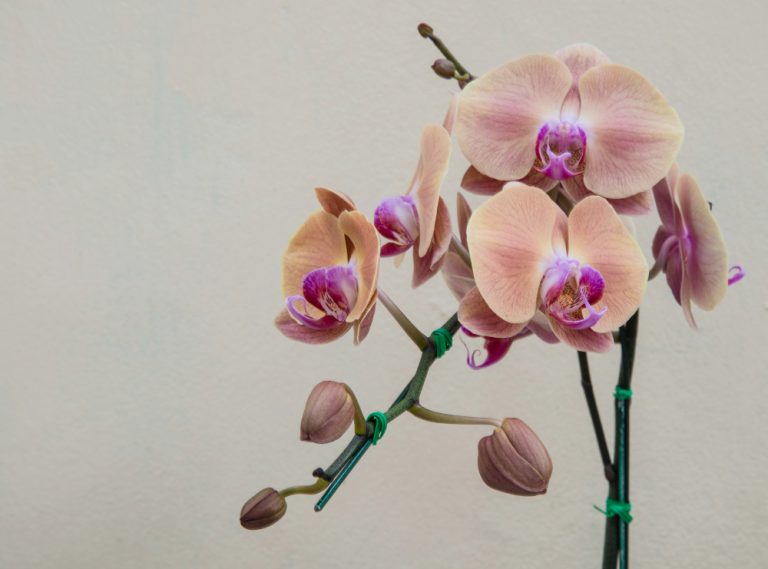Spider mites may be small, but they can wreak havoc on indoor plants, causing damage to leaves, stems, and flowers if left unchecked. These minuscule arachnids are not actually spiders but are instead closely related to ticks and spiders. Despite their tiny size, spider mites can reproduce rapidly and infest plants in large numbers, sucking sap from leaves and causing them to yellow, wilt, and drop prematurely. Identifying spider mites early and taking swift action is essential for preventing widespread damage to your indoor garden.
How to Detect Spider Mites
Detecting spider mites on indoor plants can be challenging due to their small size and ability to hide on the undersides of leaves. However, there are several telltale signs of infestation to watch out for. Look for fine webbing or silk threads on plant leaves, particularly in the joints where leaves meet stems. You may also notice tiny specks or stippling on the surface of leaves, caused by spider mites feeding on plant sap. Additionally, leaves may become discolored, yellowed, or distorted, and may eventually drop from the plant if the infestation is severe.
Strategies for Spider Mite Control
When it comes to getting rid of spider mites on indoor plants, there are several effective strategies to consider. Start by removing any heavily infested leaves or stems from the plant and disposing of them in a sealed plastic bag to prevent the mites from spreading to other plants. Next, thoroughly wash the remaining foliage with a strong jet of water to dislodge any remaining mites and their webs. Repeat this process regularly to keep spider mite populations in check and prevent reinfestation.
Gentle Solutions for Spider Mite Control
If washing alone isn’t enough to eliminate spider mites from your indoor plants, you can try using natural remedies to repel and deter them. One popular option is to spray plants with a solution of neem oil, a natural insecticide derived from the seeds of the neem tree. Neem oil disrupts the mites’ feeding and reproductive cycle, helping to reduce their numbers over time. Another effective natural remedy is insecticidal soap, which suffocates spider mites on contact without harming your plants.
Enlisting Nature’s Pest Control Agents
In some cases, introducing predatory insects to your indoor garden can provide effective control of spider mites. Predatory mites, such as Phytoseiulus persimilis, feed on spider mites and can help keep their populations in check. Ladybugs are also voracious predators of spider mites and can be released onto your plants to help control infestations. Just be sure to provide these beneficial insects with a suitable environment and plenty of food to encourage them to stick around and continue their pest-control duties.
Tips for Keeping Spider Mites at Bay
Preventing spider mite infestations in the first place is often the best strategy for keeping your indoor plants healthy and pest-free. Regularly inspect your plants for signs of pest activity and take proactive measures to control spider mites before they have a chance to multiply. Avoid overwatering your plants, as excessive moisture can create conditions favorable to spider mite infestations. Additionally, provide your plants with proper airflow and ventilation to discourage the buildup of humidity, which can attract spider mites and other pests.
Banishing Spider Mites for Good
Getting rid of spider mites on indoor plants can be a challenging task, but with patience and persistence, you can reclaim your indoor garden from these pesky pests. By identifying the signs of infestation early, taking swift action to control their numbers, and implementing preventive measures to keep them at bay, you can effectively eliminate spider mites and protect your plants from further damage. With a little TLC and vigilance, your indoor garden can thrive once again, free from the tiny terrors of spider mites.







